Home>Others>Specialized Home Improvement Topics>How To Unfreeze Car Windows
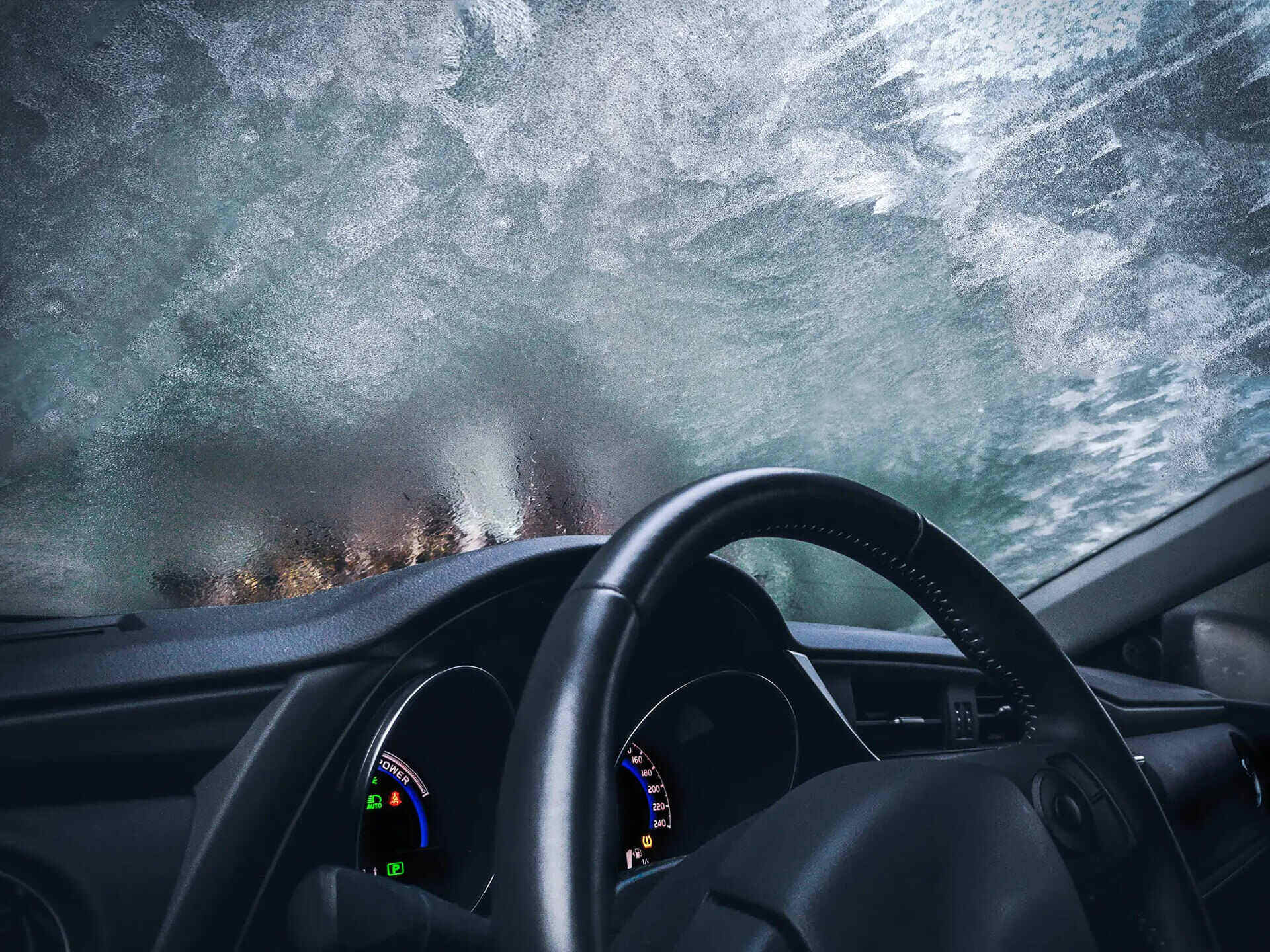

Specialized Home Improvement Topics
How To Unfreeze Car Windows
Published: January 8, 2024
Learn how to unfreeze car windows with our specialized home improvement tips. Get expert advice on dealing with frozen car windows.
(Many of the links in this article redirect to a specific reviewed product. Your purchase of these products through affiliate links helps to generate commission for Storables.com, at no extra cost. Learn more)
**
Introduction
**
Winter brings with it the magic of snow-covered landscapes and the joy of holiday celebrations. However, it also presents challenges, especially when it comes to dealing with frozen car windows. The inconvenience of frozen windows can turn a peaceful winter morning into a frustrating ordeal. Whether you're rushing to work or setting out on a road trip, dealing with frozen car windows is a common struggle during the colder months.
Understanding the causes of frozen car windows and the best methods to unfreeze them can save you time and frustration. In this comprehensive guide, we will explore the reasons behind frozen car windows, essential precautions to take before attempting to unfreeze them, and effective methods to safely restore visibility and get you back on the road. By the end of this article, you will be equipped with the knowledge to tackle this winter challenge with confidence and ease.
Key Takeaways:
- Don’t let frozen car windows ruin your winter mornings. Understand the causes, take precautions, and use gentle methods like de-icing solutions and plastic scrapers to safely unfreeze them.
- Prepare for winter by clearing snow, using the right tools, and employing gentle heat sources to unfreeze car windows. With proactive measures, you can confidently tackle this winter challenge.
Read more: How To Lubricate Car Windows
Causes of Frozen Car Windows
Before delving into the methods to unfreeze car windows, it’s crucial to understand the underlying causes of this common winter nuisance. Several factors contribute to the formation of ice and frost on car windows, often leading to complete or partial obstruction of visibility.
Moisture Accumulation:
When the temperature drops, any moisture present in the air or on the car’s surface can condense and freeze, forming a thin layer of ice on the windows. This moisture may originate from rain, snow, or even the condensation of breath inside the vehicle.
Low Temperatures:
Subzero temperatures can rapidly freeze any moisture present on the windows. Even a thin film of water can quickly turn into a layer of ice, making it challenging to open or operate the windows.
Snow Accumulation:
After a snowfall, snow can accumulate on the windows and freeze, creating a formidable barrier between you and a clear view of the road. Additionally, snow accumulation around the window seals can contribute to freezing, making it difficult to open the windows.
Inadequate Insulation:
If the car’s interior is not adequately insulated, cold air can seep in and contribute to the formation of frost and ice on the windows. This is especially common in older vehicles or those with compromised weather stripping.
Overnight Exposure:
When a car is parked outside overnight, the windows are exposed to prolonged periods of low temperatures, increasing the likelihood of ice formation. The lack of sunlight and warmth exacerbates this issue, leaving you with frozen windows in the morning.
Condensation:
Interior condensation, often caused by temperature differentials between the inside and outside of the car, can lead to frozen windows. The moisture from condensation can freeze on the interior surface of the windows, further complicating the issue.
By understanding these common causes of frozen car windows, you can better prepare for and address this inconvenience. In the following sections, we will explore essential precautions to take before attempting to unfreeze car windows and effective methods to safely restore visibility.
Precautions before Unfreezing
Before embarking on the task of unfreezing your car windows, it’s important to take certain precautions to ensure both your safety and the integrity of your vehicle. By following these essential steps, you can effectively address the frozen windows without causing damage or encountering unforeseen challenges.
Check for Damage:
Prior to attempting to unfreeze the windows, carefully inspect them for any signs of damage, such as cracks or chips. Attempting to thaw damaged windows can exacerbate the issue, leading to further compromise of the glass. If damage is detected, it’s best to seek professional assistance to address the problem.
Clear Surrounding Snow:
If your car is covered in snow, take the time to clear the snow from the windows and the surrounding areas. This not only facilitates the unfreezing process but also prevents melted snow from refreezing and exacerbating the issue later on.
Protect the Interior:
Before applying any de-icing methods, take measures to protect the interior of your car. Placing a towel or a protective barrier on the interior of the windows can prevent any de-icing solution from dripping onto the dashboard or seats, minimizing potential damage to the interior surfaces.
Use the Right Tools:
Ensure that you have the appropriate tools on hand for unfreezing the windows. This may include a plastic ice scraper, a soft-bristled brush for snow removal, and a suitable de-icing solution. Using improper tools, such as metal scrapers, can scratch or damage the windows.
Allow Sufficient Time:
When dealing with frozen car windows, it’s important to allow sufficient time for the de-icing methods to take effect. Rushing the process can lead to ineffective results and potentially damage the windows or surrounding seals.
Exercise Caution with Heat:
If using a heat source, such as a hairdryer or defroster, exercise caution to prevent overheating the glass. Rapid temperature differentials can lead to thermal shock, potentially causing the glass to crack or shatter.
By taking these precautions, you can approach the task of unfreezing your car windows with confidence and minimize the risk of damage or unforeseen complications. With these essential steps in mind, let’s explore effective methods to safely and efficiently unfreeze your car windows.
Use a mixture of 2/3 vinegar and 1/3 water to spray on the windows to help prevent them from freezing. The acidity of the vinegar helps to break down the ice.
Methods to Unfreeze Car Windows
When faced with frozen car windows, having a repertoire of effective methods to unfreeze them can be invaluable. By employing the following techniques, you can safely and efficiently restore visibility to your vehicle, ensuring a smooth and stress-free start to your day, even in the coldest of temperatures.
Use a De-Icing Solution:
Commercial de-icing solutions, readily available at automotive stores, can effectively melt ice and frost on car windows. Apply the solution as directed, ensuring complete coverage of the affected areas. Allow the solution to work for a few minutes before attempting to open or operate the windows.
Utilize a Plastic Ice Scraper:
A plastic ice scraper is a gentle yet effective tool for removing thin layers of ice from car windows. Use the scraper in a gentle, sweeping motion, starting from the top of the window and working your way down. Exercise caution to avoid applying excessive force, which can damage the glass.
Warm Water Application:
While not always recommended due to the potential for refreezing and thermal shock, carefully pouring lukewarm water over the windows can expedite the thawing process. It’s crucial to use only lukewarm water to minimize the risk of thermal shock and to prevent damage to the glass.
Employ a Hairdryer:
A hairdryer set to a low heat setting can be used to gently warm the glass and expedite the melting of ice. Maintain a safe distance between the hairdryer and the window to prevent overheating, and periodically check for progress to avoid prolonged exposure to heat.
Activate the Defroster:
If your vehicle is equipped with a defroster, activate it to gradually warm the windows from the inside. This method is particularly effective for addressing interior condensation that has frozen on the windows. Allow the defroster to operate for several minutes to achieve optimal results.
Preventative Measures:
To minimize the likelihood of frozen car windows in the future, consider proactive measures such as covering the windows with a tarp or using a specially designed car cover during periods of inclement weather. Additionally, parking your car in a garage or sheltered area can significantly reduce the risk of frozen windows.
By incorporating these methods into your winter preparedness routine, you can confidently address the challenge of frozen car windows and ensure a hassle-free start to your journeys, even amidst the frostiest conditions. With these techniques at your disposal, you can navigate the winter season with ease and peace of mind.
Conclusion
Dealing with frozen car windows is a common winter inconvenience that can quickly disrupt your daily routine. By understanding the causes of frozen windows, taking essential precautions, and employing effective methods to unfreeze them, you can confidently navigate the challenges of winter weather and ensure a seamless start to your journeys.
From moisture accumulation to subzero temperatures, several factors contribute to the formation of ice and frost on car windows. By acknowledging these factors, you can better prepare for and address the issue when it arises. Taking precautions such as inspecting for damage, clearing surrounding snow, and using the right tools can help you approach the task of unfreezing your car windows with confidence and care.
When it comes to unfreezing car windows, employing the right methods is key to achieving swift and safe results. Whether using commercial de-icing solutions, plastic ice scrapers, gentle heat sources, or preventative measures, having a diverse toolkit at your disposal ensures that you can effectively address frozen windows in various scenarios.
As you navigate the winter season, incorporating these strategies into your routine can help you overcome the inconvenience of frozen car windows and maintain a clear and unobstructed view of the road ahead. By taking proactive measures and being prepared to address frozen windows, you can confidently embrace the beauty of winter while minimizing its potential challenges.
With a comprehensive understanding of the causes of frozen car windows, essential precautions, and effective unfreezing methods, you are well-equipped to tackle this winter challenge with ease. By integrating these insights into your winter preparedness routine, you can ensure that frozen car windows no longer stand in the way of your daily adventures, allowing you to embrace the season with confidence and peace of mind.
Frequently Asked Questions about How To Unfreeze Car Windows
Was this page helpful?
At Storables.com, we guarantee accurate and reliable information. Our content, validated by Expert Board Contributors, is crafted following stringent Editorial Policies. We're committed to providing you with well-researched, expert-backed insights for all your informational needs.
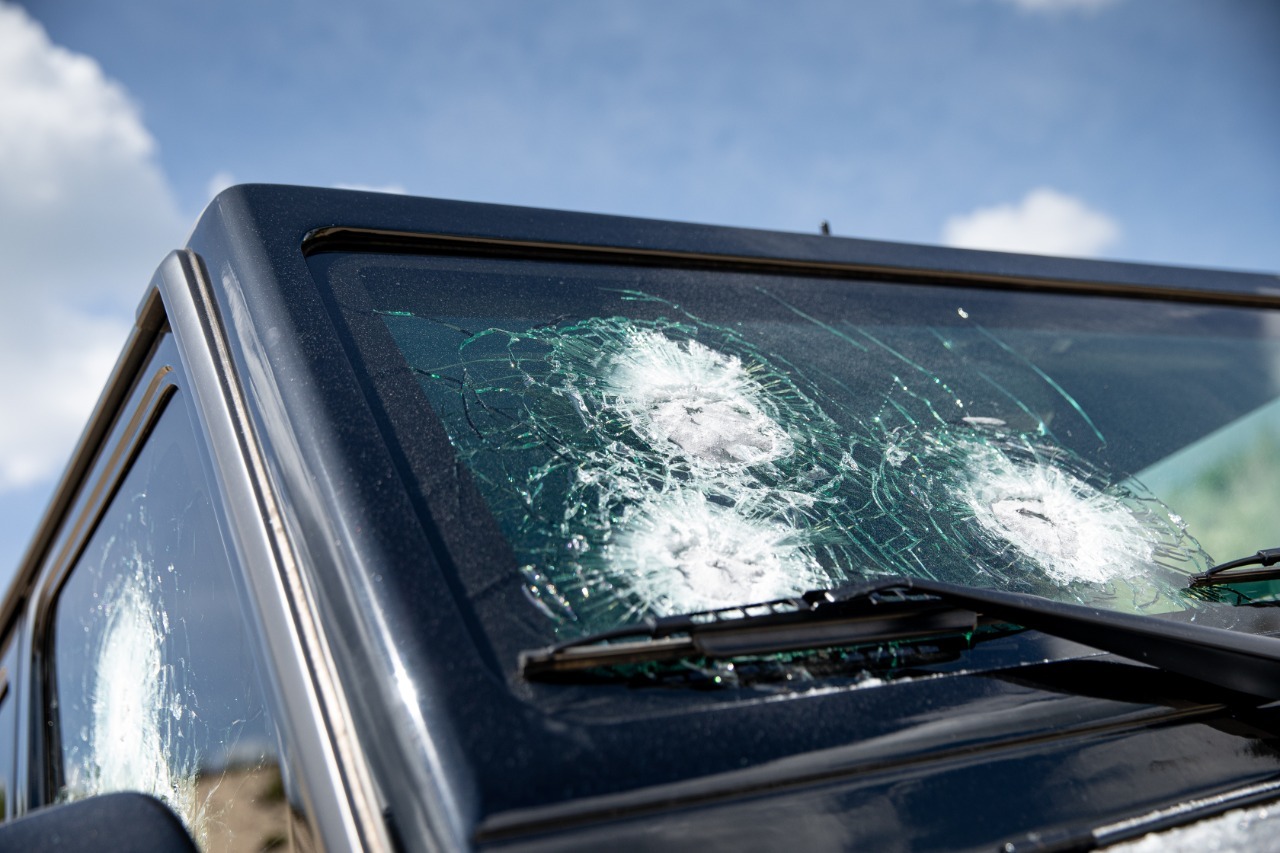
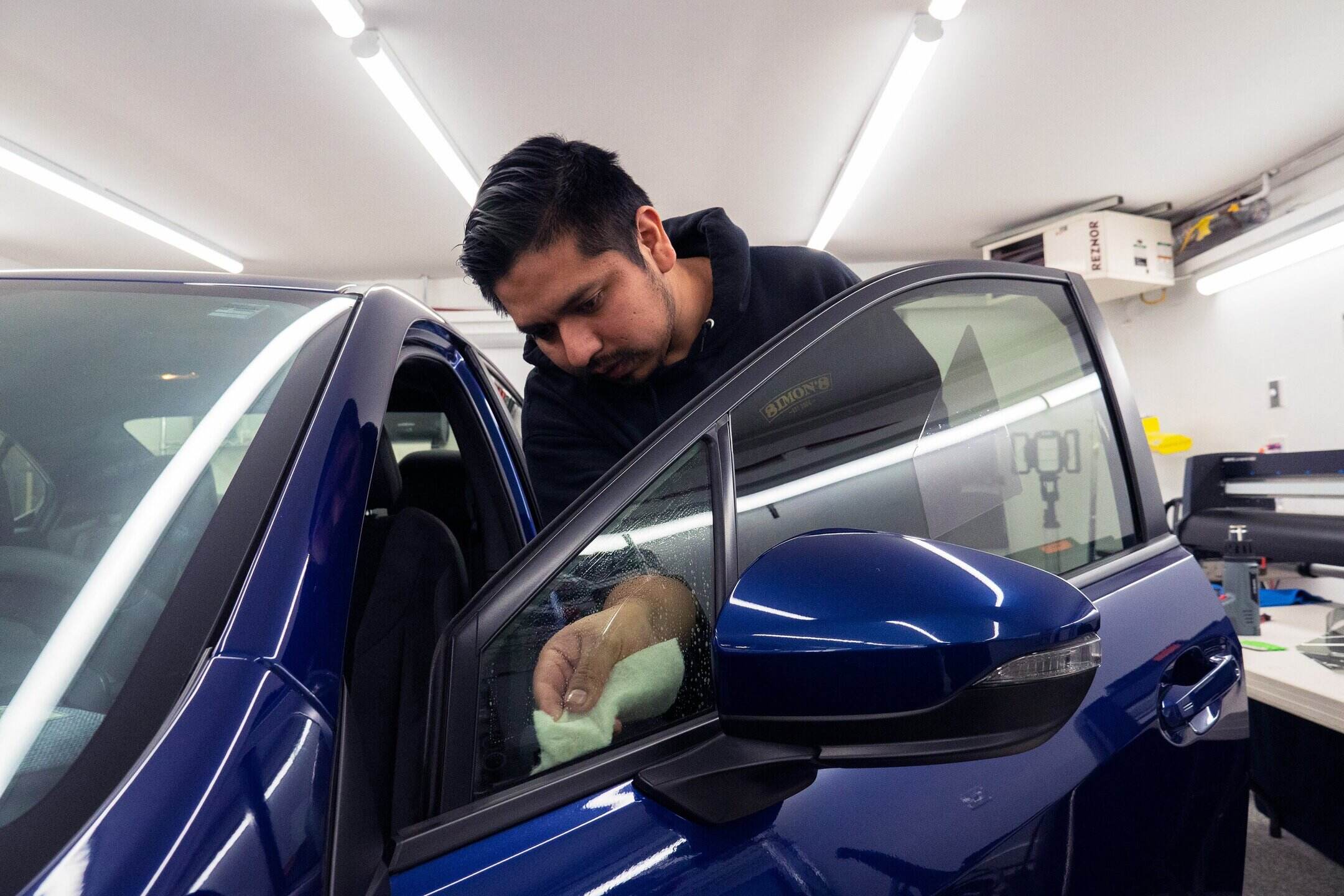
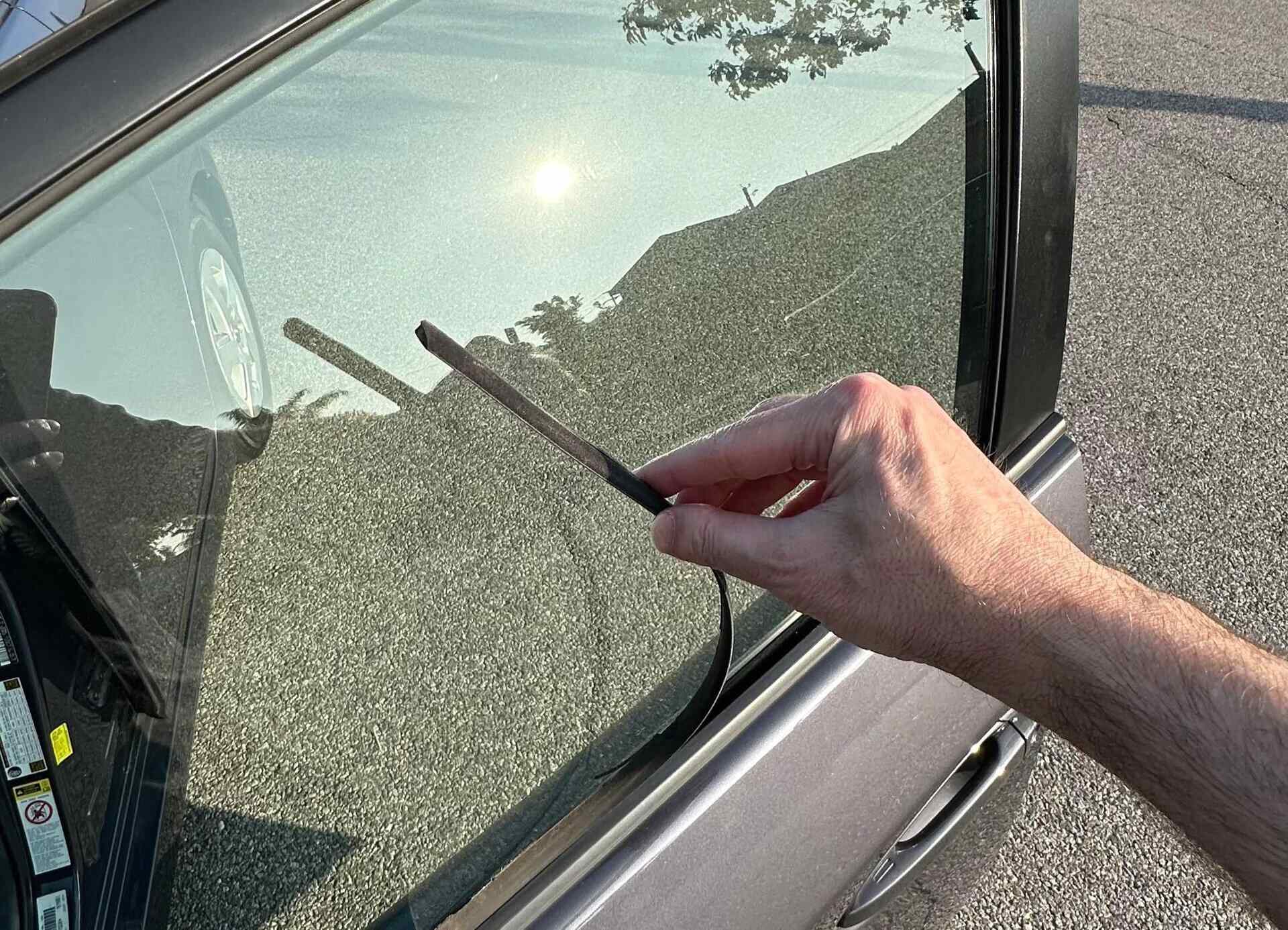
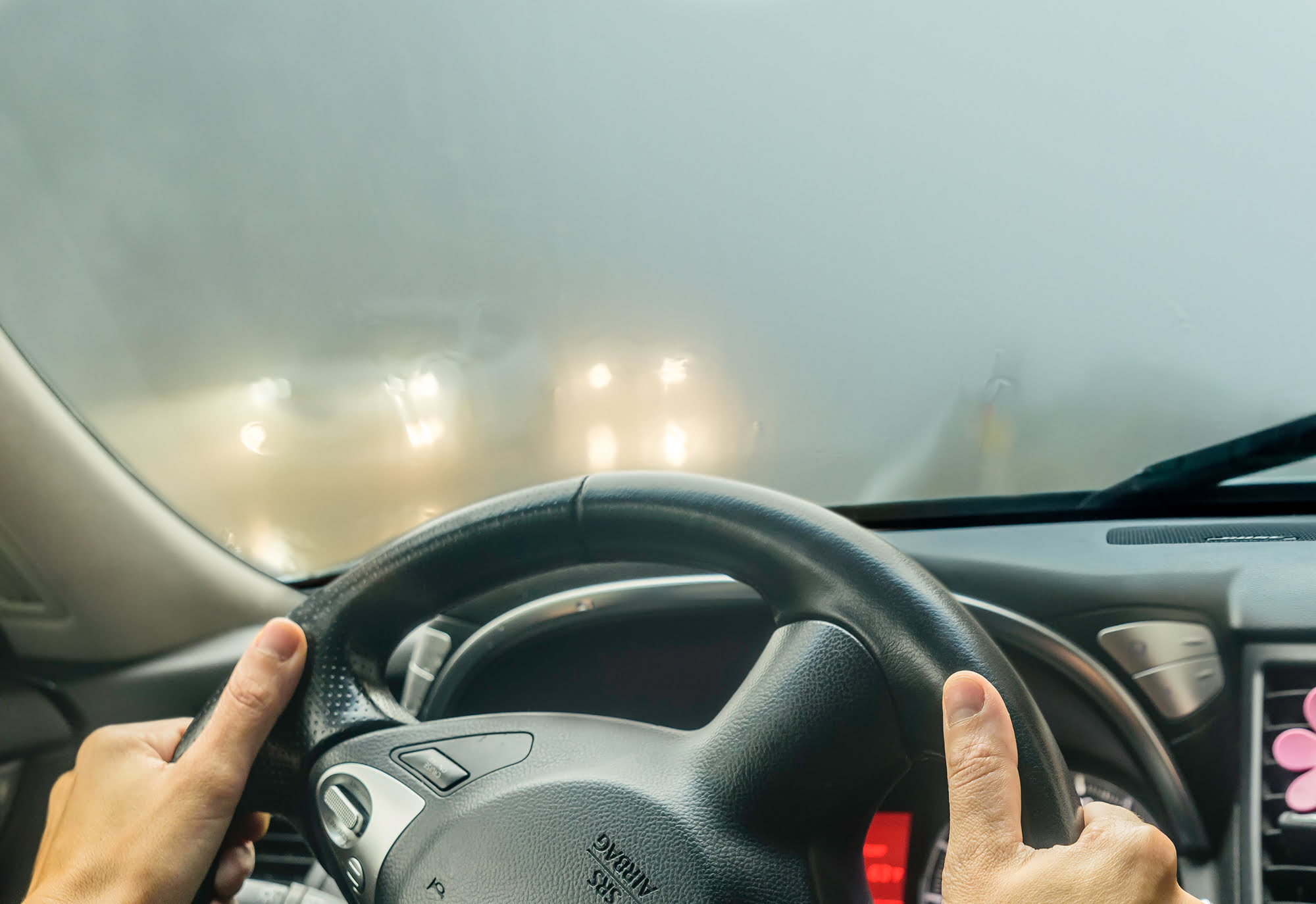

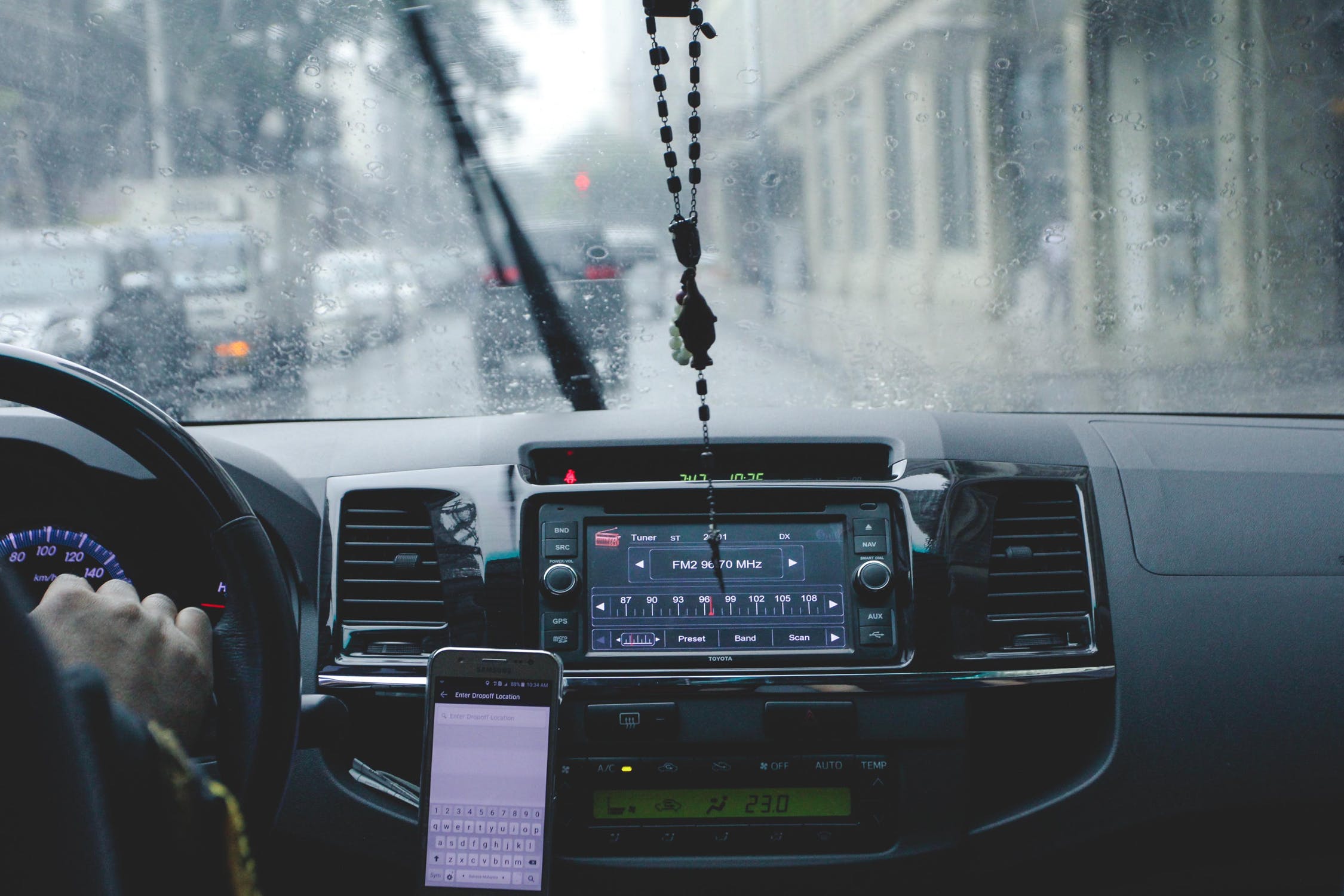
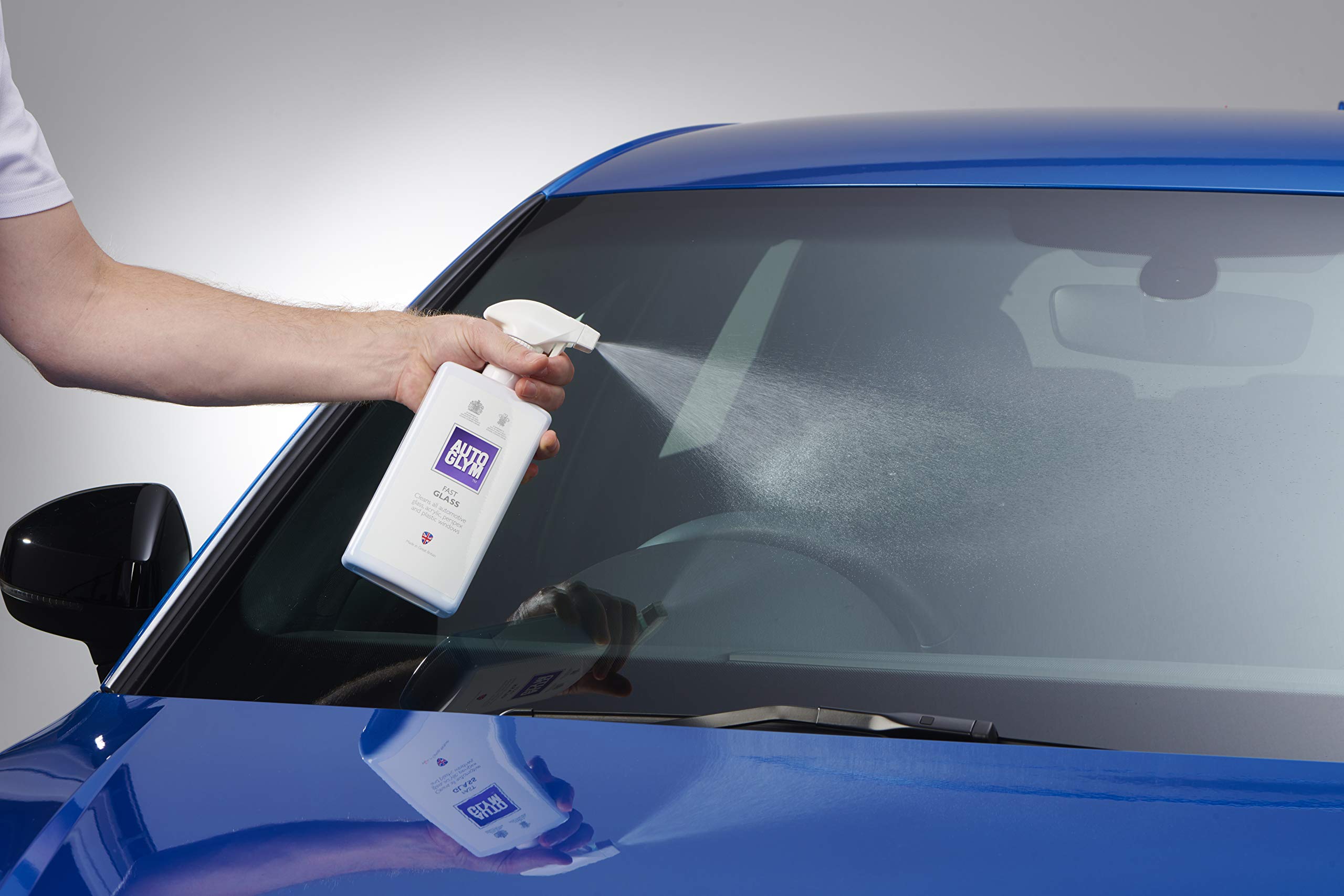
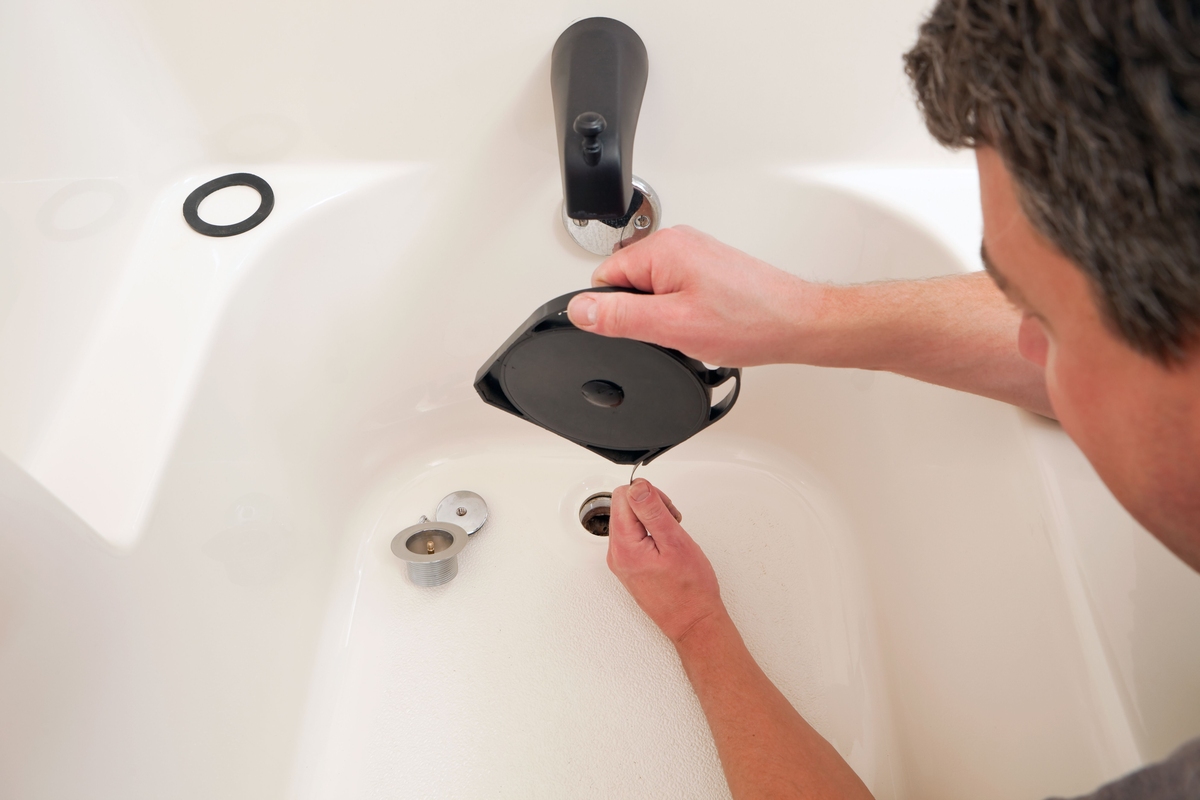
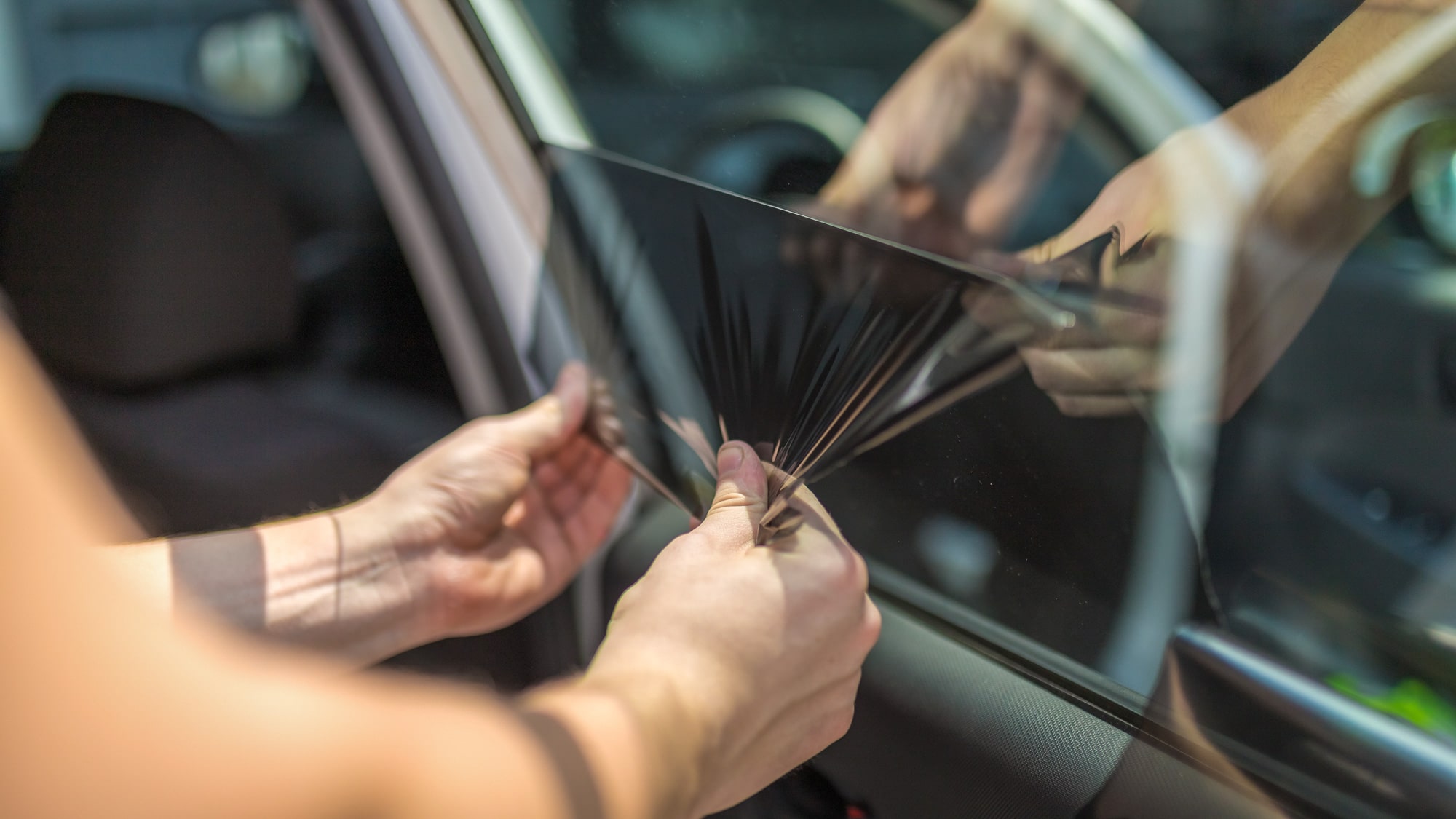
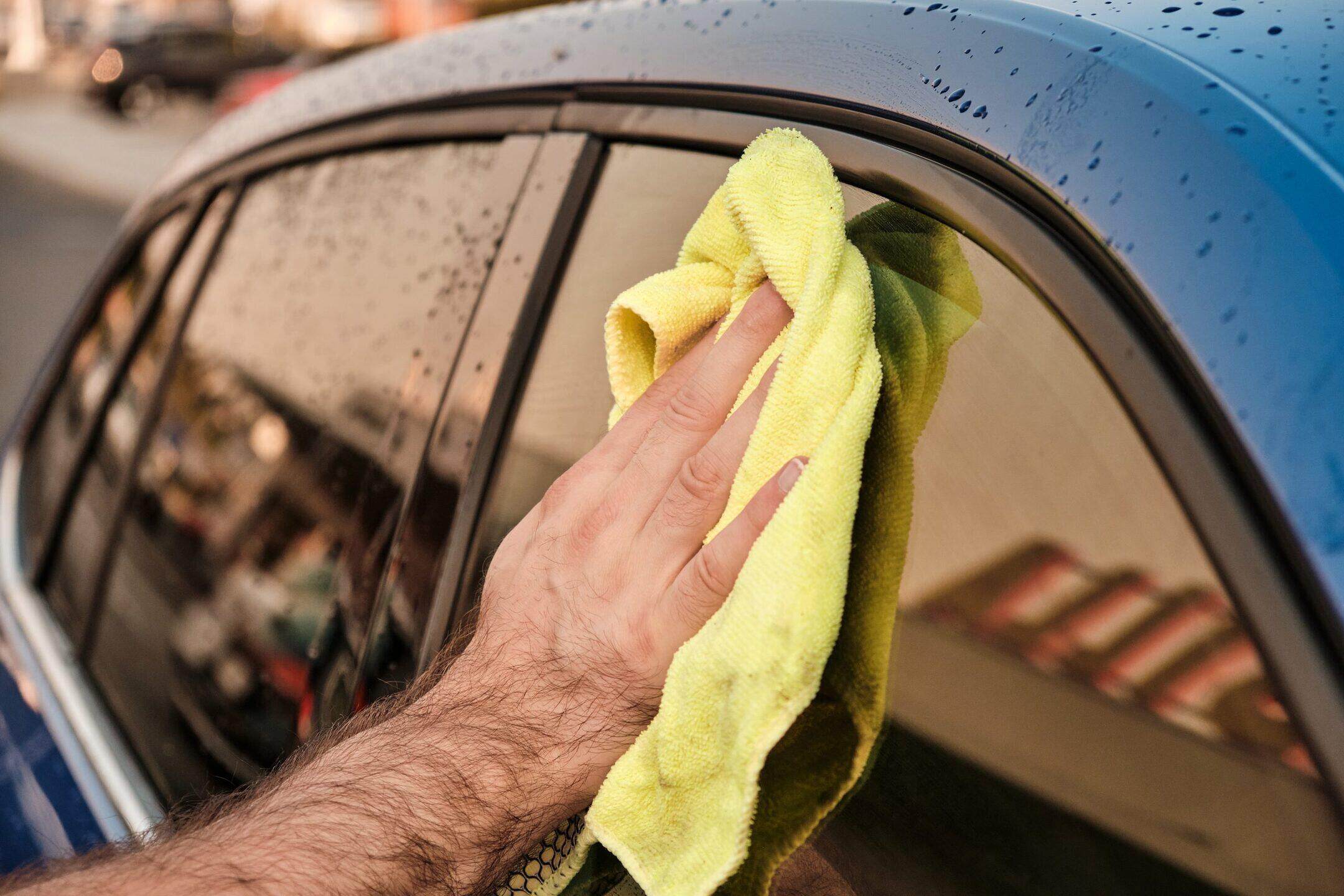
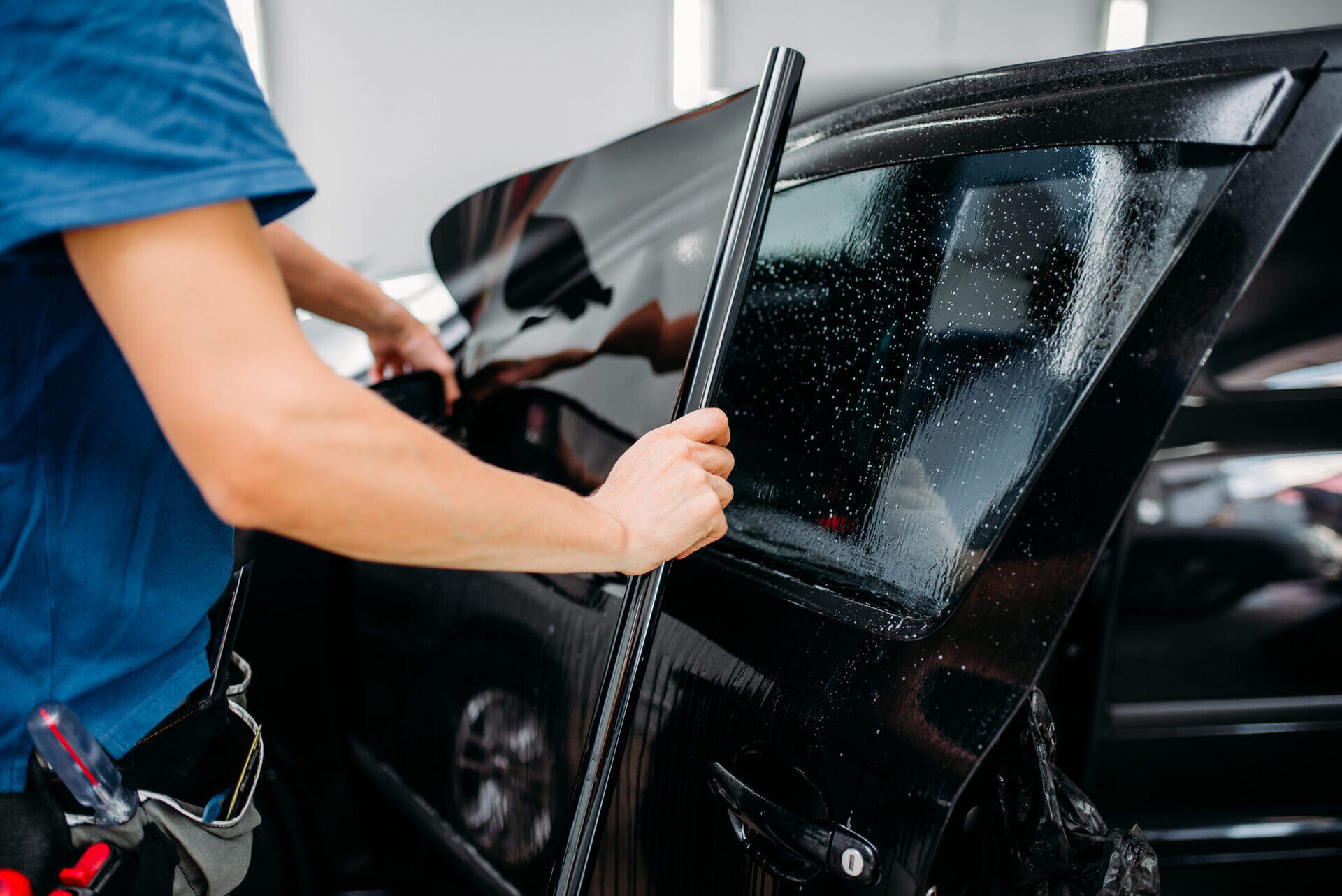
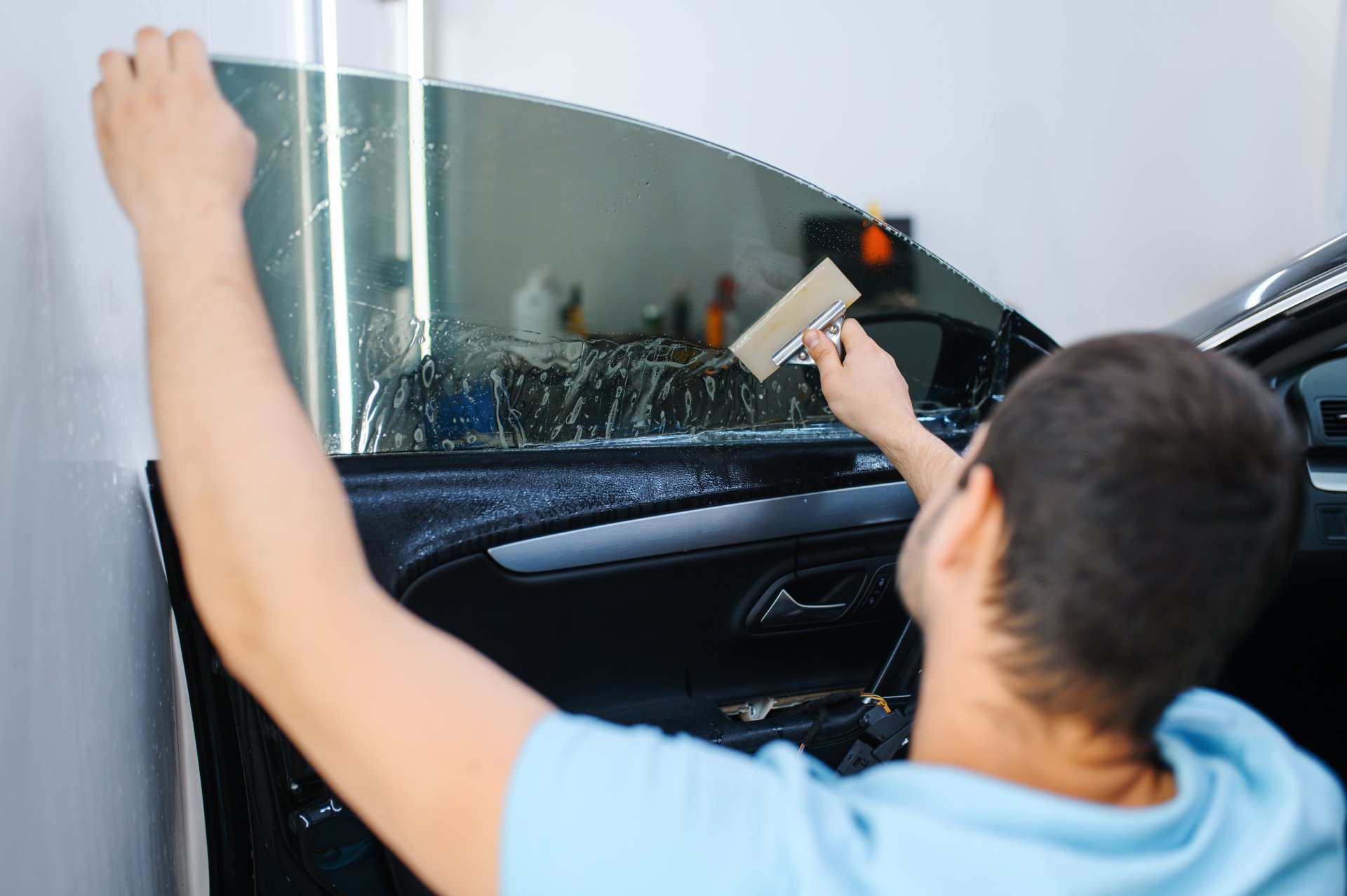
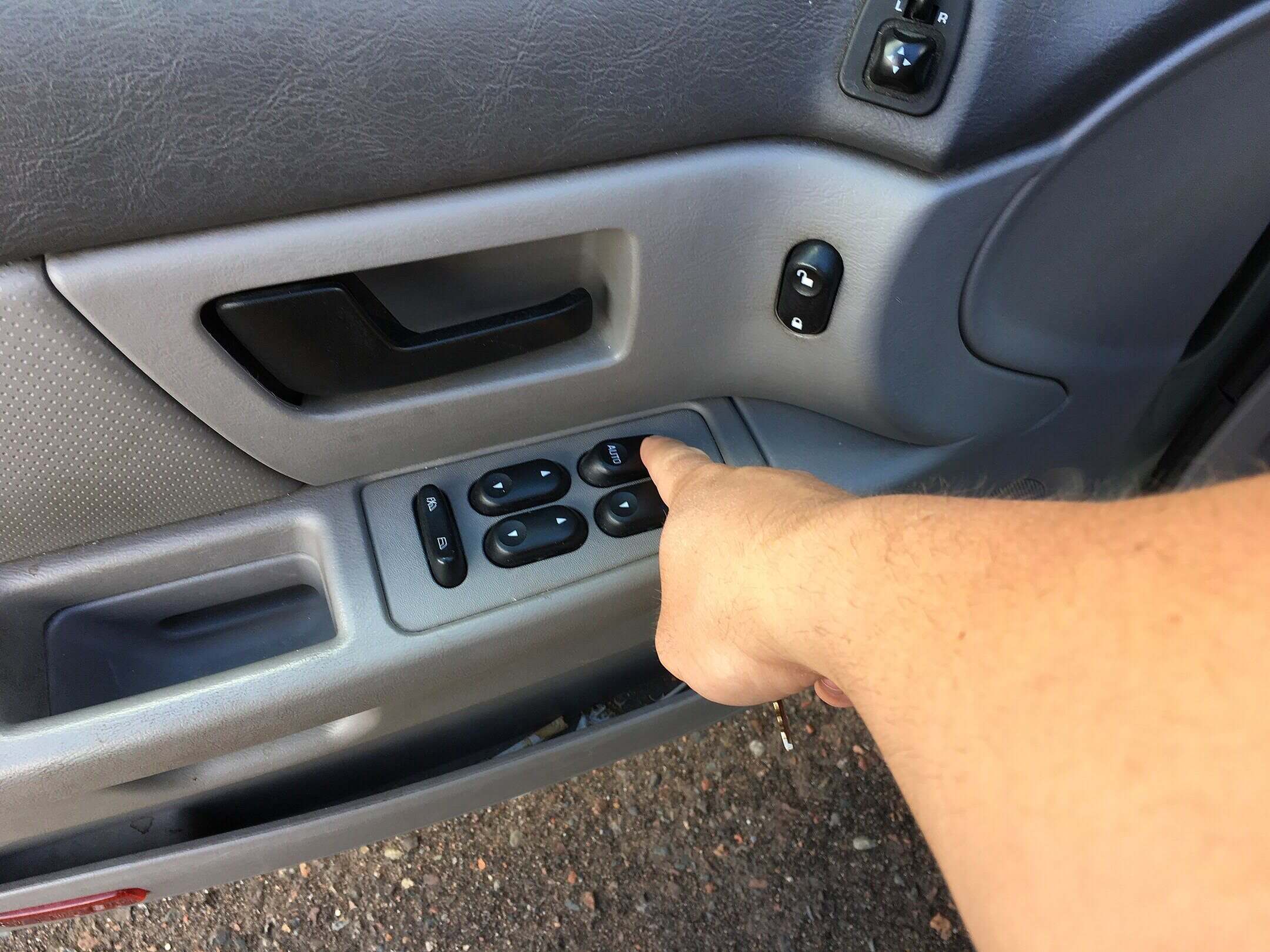

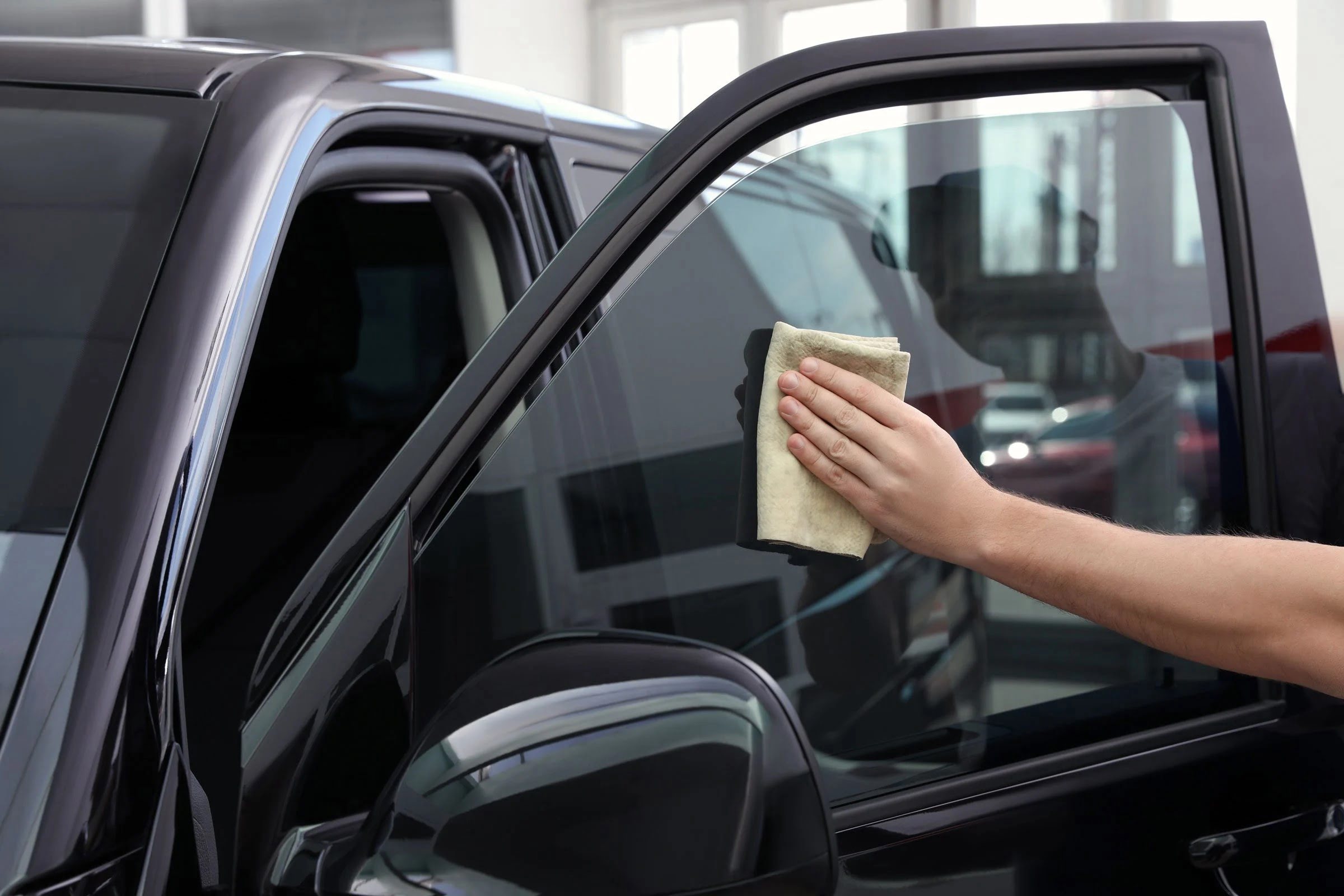

0 thoughts on “How To Unfreeze Car Windows”